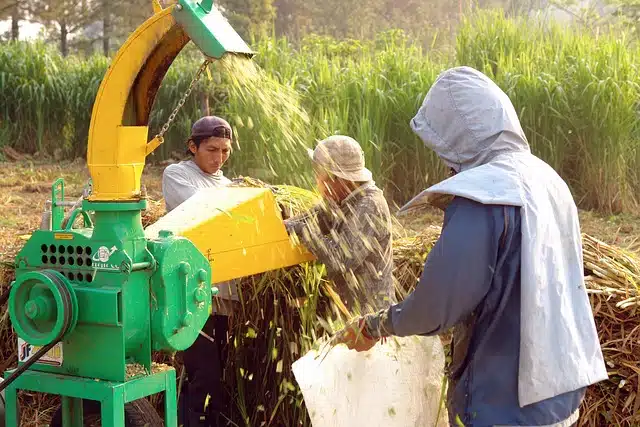
The sharecropping contract arose when direct exploitation became unprofitable.
The first meaning of sharecropping that appears in the dictionary of the Royal Spanish Academy ( RAE ) refers to the agreement established by those who share a farm . The idea of farming, meanwhile, refers to the activity that is carried out to achieve a profit or the benefit itself that derives from a task or something else.
Share results
Returning to the concept of sharecropping, it is usually linked to the associative agreement established by the owner of a land and whoever is in charge of cultivating it to share the results . The sharecropping contract is signed by the owner (the sharecropper transferor ) and the person who works the land (the sharecropper transferee ), making the tenant transfer the exploitation of the property in exchange for a percentage of the profits.
Many times the sharecropping contract includes an annex that grants the sharecropper transferee the right to reside in a property that is located on the same property. In this way, whoever exploits the land lives on the same property.
The term
The sharecropping contract is characterized largely by the time limit it establishes for the relationship between the two parties, which is usually agreed upon at the time of its preparation. If not, it is understood that the duration of the contract is one agricultural year (also known as a hydrometeorological year ), which lasts the expected twelve months but usually begins in the month most prone to tasks of this type.
Likewise, if the term is mutually agreed upon as one year or less, the obligation to notify the other party of the desire to terminate the contract well in advance (usually six months) should be recorded . .
In the event that the sharecropping contract is concluded with the objective of cultivating a particular product, adequately defined in writing, it is understood that the minimum duration is equivalent to the period necessary to make it possible to reach the end of the cultivation cycle . Note that permanent woody trees do not fall into this condition, since once they begin to bear fruit it is not necessary to replant them, but rather they offer many successive harvests.
Origins
Throughout history , sharecropping was more frequent in regions in which, for various reasons, the direct exploitation of the land was unprofitable. Thus, the landowner found a mechanism to divide his land into different exploitation units, sharing the risk with the person in charge of the exploitation and who needed profitability.
Sharecropping frequently occurred in European countries such as Spain , Italy and Greece and later reached the American continent, expanding in Paraguay , Argentina and other nations. The scope of this figure is defined in each legislation.

Although in Spain the contract must be made in writing, it is common for it to be made verbally.
In Spain
Spanish law stipulates that the sharecropping contract must be made in writing. On the other hand, this requirement is not always upheld, so its celebration verbally is not uncommon . This happens because it is a concept that is part of tradition , and that began before the existence of current standards.
It is possible to affirm that throughout the country we find different types of equivalent agreements, and a notable example is the masovería of Catalonia. This is contemplated in the laws as a housing regime that is oriented towards social objectives. In addition to the characteristics set out above, we can add that among the assets that the owner of the land transfers to the sharecropper transferee there are also animals and machines.
